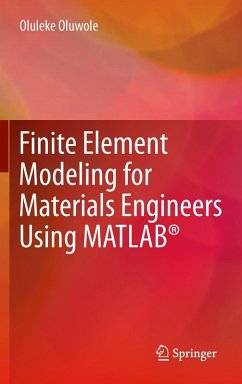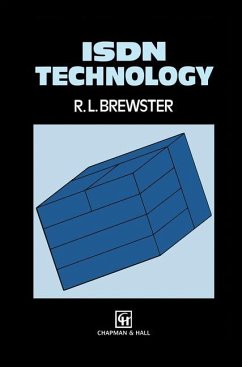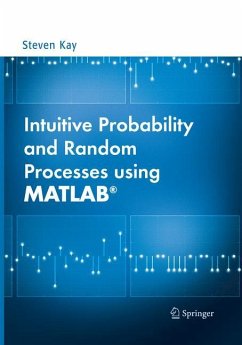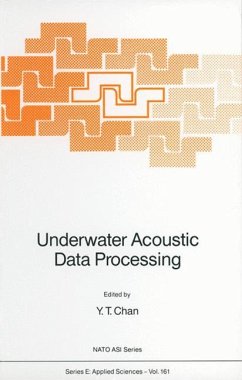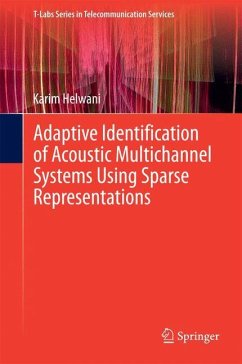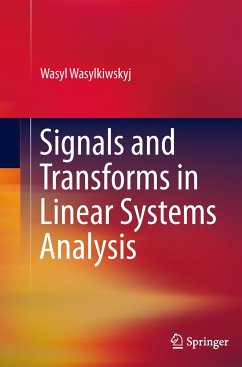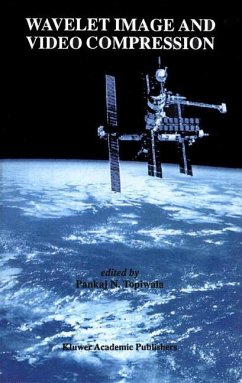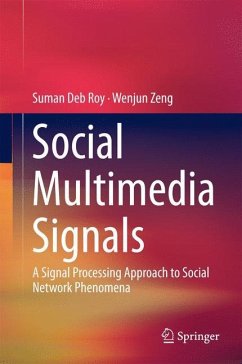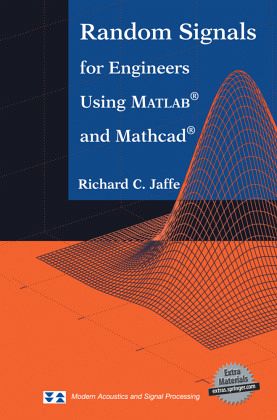
Random Signals for Engineers Using MATLAB® and Mathcad®
Versandkostenfrei!
Versandfertig in 6-10 Tagen
38,99 €
inkl. MwSt.

PAYBACK Punkte
19 °P sammeln!
This introduction to random variables and signals is intended to provide engineering students with the analytical and computational tools for processing random signals using linear systems. It presents the underlying theory as well as examples and applications using computational aids throughout, in particular, computer-based symbolic computation programs are used for performing the analytical manipulations and the numerical calculations. Intended for a one-semester course for advanced undergraduates or beginning graduate students, the book covers such topics as: set theory and an introduction...
This introduction to random variables and signals is intended to provide engineering students with the analytical and computational tools for processing random signals using linear systems. It presents the underlying theory as well as examples and applications using computational aids throughout, in particular, computer-based symbolic computation programs are used for performing the analytical manipulations and the numerical calculations. Intended for a one-semester course for advanced undergraduates or beginning graduate students, the book covers such topics as: set theory and an introduction to probability; random variables, distributions, and processes; deterministic signals, spectral properties, and transformations; and filtering, and detection theory. The large number of worked examples together with the programming aids provided on the CD make the book eminently suited for self study as well as classroom use.



